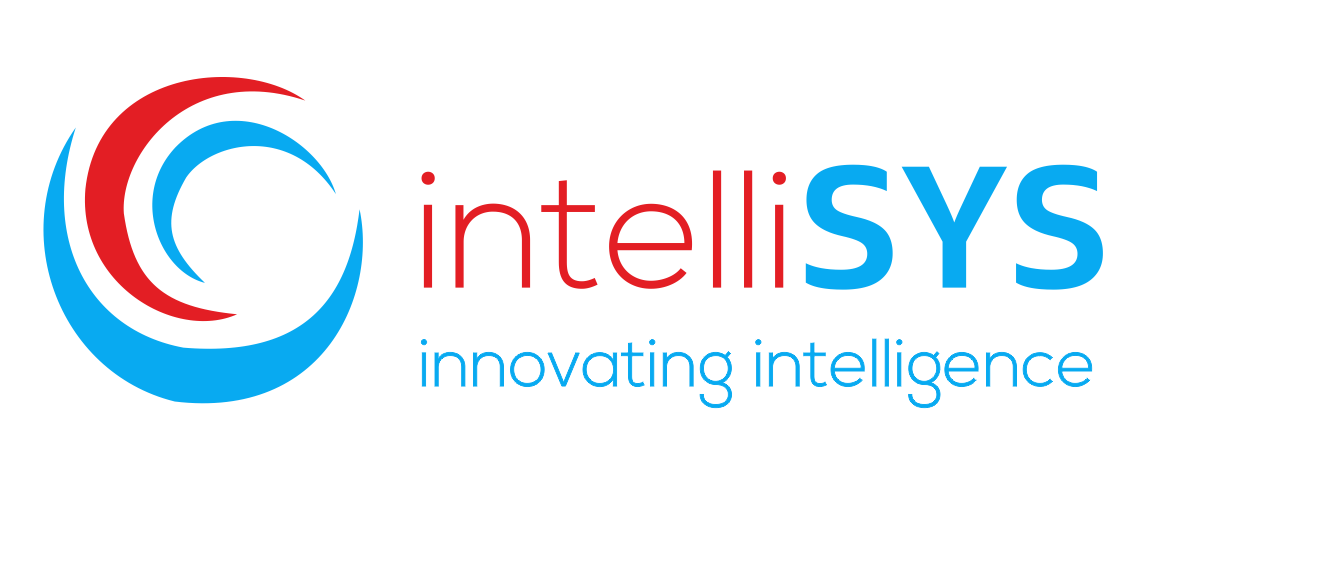The Rise of AI in Financial Fraud Detection
Financial fraud has become more sophisticated with the rise of digital transactions, creating significant challenges for banks, payment providers, and financial institutions. Traditional fraud detection methods, which rely on rule-based systems, are no longer sufficient to combat modern financial crime. Artificial Intelligence (AI) and Machine Learning (ML) have emerged as game changers in fraud prevention, allowing financial institutions to analyze vast amounts of data in real time, identify suspicious patterns, and reduce false positives. In this blog, we’ll explore how AI-powered fraud detection works, its advantages over traditional methods, real-world applications, and future trends shaping financial security.

Understanding Financial Fraud in the Digital Era
The Growing Threat of Fraud in Financial Services
Fraud is a significant problem for financial institutions, with cybercriminals constantly evolving their tactics. According to a 2023 report by the Association of Certified Fraud Examiners (ACFE), global financial fraud causes annual losses exceeding $5 trillion.
Common Types of Financial Fraud
- Identity Theft & Account Takeover Fraud – Criminals steal personal information to gain unauthorized access to bank accounts.
- Payment Fraud – Fraudsters use stolen card details for unauthorized transactions or manipulate payment systems.
- Synthetic Identity Fraud – A combination of real and fake personal information is used to create fraudulent accounts.
- Insider Threats – Employees with access to financial systems engage in fraudulent activities.
- Money Laundering – Criminals move illicit funds through banking systems to make them appear legitimate.
With the increasing complexity of fraud techniques, AI-powered fraud detection is now a necessity rather than an option.
How AI and Machine Learning are Transforming Fraud Detection
- AI-Powered Fraud Detection vs. Traditional Rule-Based Systems
Traditional fraud detection systems rely on predefined rules, such as flagging transactions exceeding a certain threshold. However, these methods are rigid and prone to high false positives.
AI-powered fraud detection, on the other hand, uses Machine Learning (ML) algorithms to analyze transaction patterns, detect anomalies, and adapt to new fraud techniques without human intervention.
- Real-Time Fraud Detection with AI
AI can process millions of transactions in real time, flagging suspicious activities instantly. Unlike traditional methods, which review transactions after fraud occurs, AI helps prevent fraud before it happens.
For example:
✔ AI models analyze transaction speed, geolocation, and device fingerprints to identify fraudulent behavior.
✔ Unusual spending behavior is flagged automatically, even if the transaction amount is small.
- Reducing False Positives with Machine Learning
One of the biggest challenges in fraud detection is false positives—when legitimate transactions are mistakenly flagged as fraud. This frustrates customers and increases operational costs for financial institutions.
ML-powered fraud detection models:
- Learn from historical fraud patterns to differentiate between real fraud and legitimate transactions.
- Adapt over time to reduce false alarms while maintaining high detection accuracy.
- Use advanced scoring models to assign a fraud risk score to each transaction, reducing unnecessary customer friction.
- Behavioral Biometrics for Fraud Prevention
AI-powered fraud detection incorporates behavioral biometrics, such as:
- Typing speed and mouse movements to detect fraudsters using stolen credentials.
- Voice and facial recognition for secure banking authentication.
These techniques enhance security by analyzing how users interact with banking platforms, rather than just verifying passwords.
Real-World Applications of AI in Fraud Detection
- AI in Banking and Payment Fraud Prevention
Banks use AI to monitor transactions, detect anomalies, and prevent unauthorized access.
Example: JPMorgan Chase
- Implemented AI-powered fraud detection to analyze over 5 million transactions per day.
- Reduced fraud-related losses by 20% within one year.
- Enhanced security in credit card transactions and mobile banking.
- AI in Cryptocurrency Fraud Prevention
Cryptocurrency exchanges use AI to prevent fraud in:
- Suspicious crypto wallet activity detection.
- Flagging transactions linked to darknet markets.
- Real-time monitoring of blockchain transactions for potential fraud.
Example: Coinbase
- Uses AI-powered fraud detection to identify wallet addresses associated with fraudulent activities.
- Improved fraud detection rates by 30% through real-time AI monitoring.
- AI in E-Commerce Fraud Prevention
AI prevents fraudulent chargebacks, bot attacks, and fake account creation in e-commerce platforms.
Example: PayPal
- Uses ML algorithms to analyze billions of transactions and detect fraudulent payments.
- Reduced false positives by 25%, leading to a better customer experience.
Challenges in AI-Based Fraud Detection
Despite its advantages, AI-powered fraud detection faces several challenges:
- Data Privacy and Regulatory Compliance
- AI fraud detection must comply with data protection regulations like GDPR, CCPA, and PSD2.
- Financial institutions must ensure ethical AI usage and prevent bias in fraud detection models.
- Cybercriminals are Adapting to AI
- Hackers are using AI-driven attacks to bypass fraud detection.
- Financial institutions must continuously update AI models to stay ahead of cybercriminals.
- High Implementation Costs
- AI fraud detection requires high-quality data, cloud computing resources, and skilled AI engineers.
- However, the long-term cost savings and fraud prevention benefits outweigh initial investments.
Best Practices for Implementing AI in Fraud Detection
✅ 1. Invest in AI-Powered Fraud Detection Systems
Financial institutions should adopt AI-based fraud prevention platforms that use machine learning to analyze real-time transactions.
✅ 2. Combine AI with Human Oversight
AI can detect patterns, but human investigators should review flagged transactions to prevent AI bias and errors.
✅ 3. Use Multi-Layered Security Approaches
Integrating AI fraud detection with:
- Multi-Factor Authentication (MFA)
- Blockchain security
- Behavioral biometrics
creates a stronger fraud prevention system.
✅ 4. Ensure Regulatory Compliance
AI fraud detection must comply with AML, GDPR, PSD2, and other financial security regulations to protect customer data.
Future Trends: The Evolution of AI in Fraud Detection
1. Explainable AI (XAI) for Transparent Fraud Decisions
Explainable AI (XAI) will allow banks to understand AI fraud detection decisions, making it easier to comply with regulations.
2. AI-Powered Predictive Fraud Prevention
Future AI models will predict fraud risks before they occur, using deep learning algorithms for real-time fraud prevention.
3. AI and Blockchain for Fraud Security
Combining AI and blockchain technology will improve fraud prevention in decentralized finance (DeFi) and cryptocurrency transactions.
4. AI-Driven Voice Recognition for Secure Banking
Banks are integrating voice AI authentication to prevent fraud in phone-based transactions.
Conclusion: AI is the Future of Financial Fraud Prevention
The rise of AI in financial fraud detection is transforming how banks, payment providers, and financial institutions combat fraud. With machine learning, real-time monitoring, and behavioral biometrics, AI offers a faster, more accurate, and adaptive approach to fraud prevention.
Key Takeaways:
✔ AI-powered fraud detection reduces false positives and improves accuracy.
✔ Real-time transaction monitoring prevents financial fraud before it occurs.
✔ Behavioral biometrics enhance fraud prevention beyond passwords.
✔ Financial institutions must combine AI with human oversight for effective fraud detection.
As fraudsters continue evolving, AI will remain the most powerful tool for securing digital transactions and protecting financial ecosystems.
